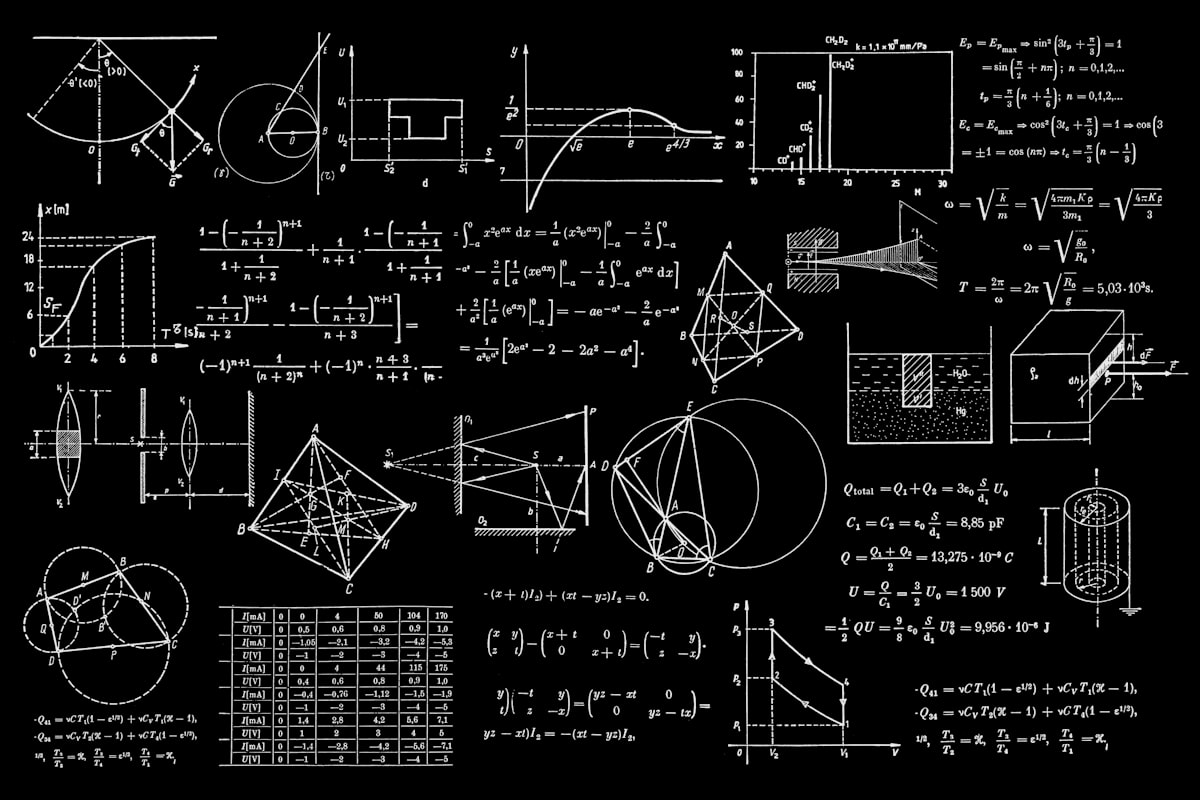Core and Valence Electrons Calculator
Instantly find the number of core and valence electrons for any element on the periodic table.
Interactive Core and Valence Electrons Calculator
What Are Valence Electrons and Why Do They Matter?

Valence electrons are the electrons located in the outermost shell (energy level) of an atom. These electrons are crucial because they determine how an element reacts chemically with other elements. In short, valence electrons govern bonding, reactivity, and the formation of molecules.
Visual Representation:
Core electrons (orange) are in inner shells, while valence electrons (green) occupy the outermost shell.
Valence Electrons Definition
The valence electrons definition is simple: they are the electrons in the highest principal energy level of an atom. For example, oxygen’s electron configuration is 1s² 2s² 2p⁴, so its valence shell is the second energy level (2s² 2p⁴), giving oxygen 6 valence electrons.
How to Find Valence Electrons Using the Periodic Table
The valence electrons periodic table trend is straightforward:
- Group 1 (alkali metals) = 1 valence electron
- Group 2 (alkaline earth metals) = 2 valence electrons
- Group 13 = 3 valence electrons
- Group 14 = 4 valence electrons
- Group 15 = 5 valence electrons
- Group 16 = 6 valence electrons
- Group 17 (halogens) = 7 valence electrons
- Group 18 (noble gases) = 8 valence electrons (except He = 2)
This pattern makes the periodic table valence electrons trick the fastest way to determine reactivity and bonding behavior.
Electron Configuration and Valence Electrons
Understanding electron configuration is key to determining valence electrons. The electron configuration describes how electrons are distributed among the atomic orbitals. For example, sodium (Na) has an electron configuration of [Ne] 3s¹, indicating it has one valence electron in the 3s orbital.
Transition metals have more complex electron configurations, with valence electrons often found in both the outermost s orbital and the d orbitals of the previous energy level. This is why our calculator is particularly useful for these elements.
Real-World Applications of Valence Electrons

Understanding valence electrons is fundamental to many fields and applications:
Chemical Bonding
Valence electrons determine how atoms bond together. Covalent bonds form when atoms share valence electrons, while ionic bonds form when one atom transfers valence electrons to another.
Material Science
The properties of materials, such as conductivity and malleability, are directly related to the valence electrons of their constituent atoms.
Pharmaceuticals
Drug design relies on understanding how molecules interact based on their valence electrons, helping scientists predict and create effective compounds.
Electronics
Semiconductors and electronic components function based on the behavior of valence electrons in materials like silicon.
Quick Reference: Valence Electrons by Element
How many valence electrons does oxygen have?
Oxygen (O) is in Group 16, therefore it has 6 valence electrons. Its electron configuration is 1s² 2s² 2p⁴.
Carbon valence electrons
Carbon (C) is in Group 14, so it has 4 valence electrons. Its electron configuration is 1s² 2s² 2p².
Nitrogen valence electrons
Nitrogen (N) belongs to Group 15, giving it 5 valence electrons. Its electron configuration is 1s² 2s² 2p³.
Chlorine valence electrons
Chlorine (Cl) in Group 17 has 7 valence electrons. Its electron configuration is [Ne] 3s² 3p⁵.
Fluorine valence electrons
Fluorine (F), another halogen, also has 7 valence electrons. Its electron configuration is 1s² 2s² 2p⁵.
Sulfur valence electrons
Sulfur (S) in Group 16 has 6 valence electrons, just like oxygen. Its electron configuration is [Ne] 3s² 3p⁴.
Frequently Asked Questions
What is the difference between core and valence electrons?
Core electrons are all electrons in inner shells, whereas valence electrons are those in the outermost shell. Core electrons do not participate in bonding, while valence electrons do. Core electrons are more tightly bound to the nucleus and have lower energy levels compared to valence electrons.
How do I use a valence electrons calculator for molecules?
To use a valence electrons calculator molecule tool, sum the valence electrons of each atom in the molecule. For example, H₂O has (2×1) + 6 = 8 valence electrons. This total helps determine the molecular structure and bonding patterns.
Can this tool calculate transition metals?
Yes! Although transition metals have more complex electron configurations, our core and valence electrons calculator uses accurate data to provide both ns and (n-1)d electrons. For transition metals, valence electrons are typically found in both the outermost s orbital and the d orbitals of the previous energy level.
Why do noble gases have full valence shells?
Noble gases have full valence shells, which makes them chemically inert. Helium has 2 valence electrons (full 1s orbital), while other noble gases have 8 valence electrons, following the octet rule. This complete valence shell configuration gives them maximum stability.
How do valence electrons affect chemical reactivity?
Valence electrons directly influence chemical reactivity. Atoms with 1, 2, or 7 valence electrons are highly reactive as they tend to lose or gain electrons to achieve a stable configuration. Atoms with 8 valence electrons (noble gases) are least reactive due to their stable electron configuration.
About the Author
Scientific References
1. Housecroft, C. E., & Sharpe, A. G. (2012). Inorganic Chemistry (4th ed.). Pearson Education.
2. Zumdahl, S. S., & Zumdahl, S. A. (2016). Chemistry: An Atoms First Approach. Cengage Learning.
3. IUPAC Periodic Table of Elements
4. National Institute of Standards and Technology (NIST) – Periodic Table
Educational Disclaimer
This tool is designed for educational purposes only. While we strive for accuracy, the calculations should be verified with authoritative sources for academic or professional use. The electron configurations provided follow standard models but may not account for all exceptions in complex atoms.
Explore More Free Tools
External Resources for Further Learning
For more technical detail, visit these trusted chemistry calculators:


